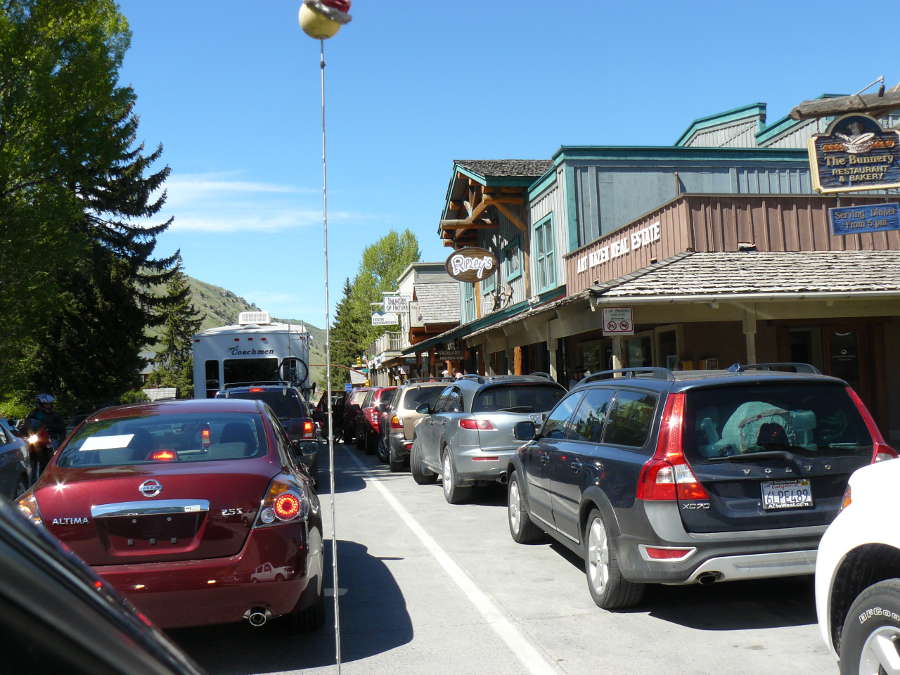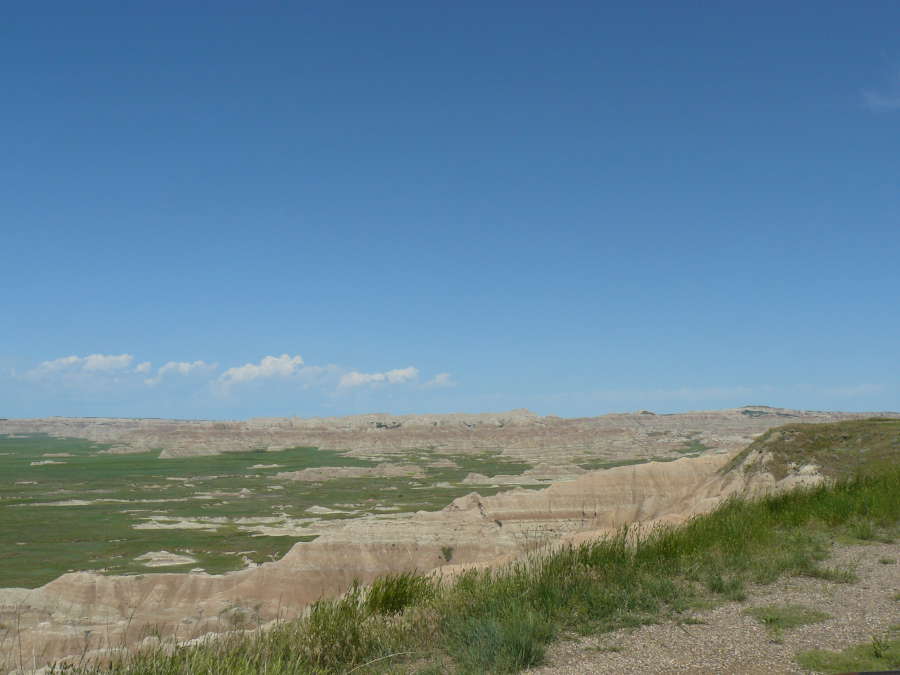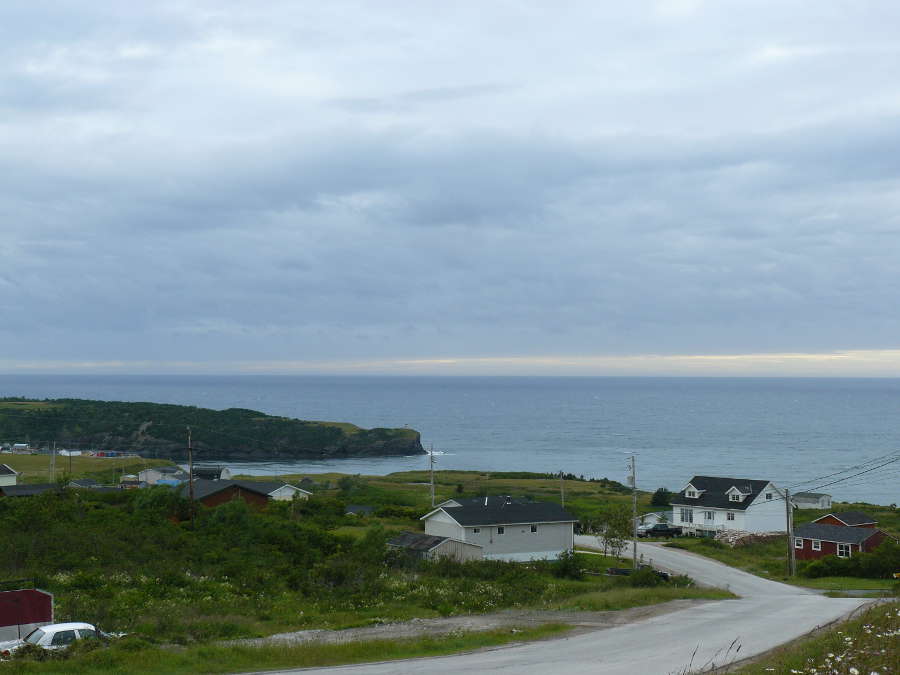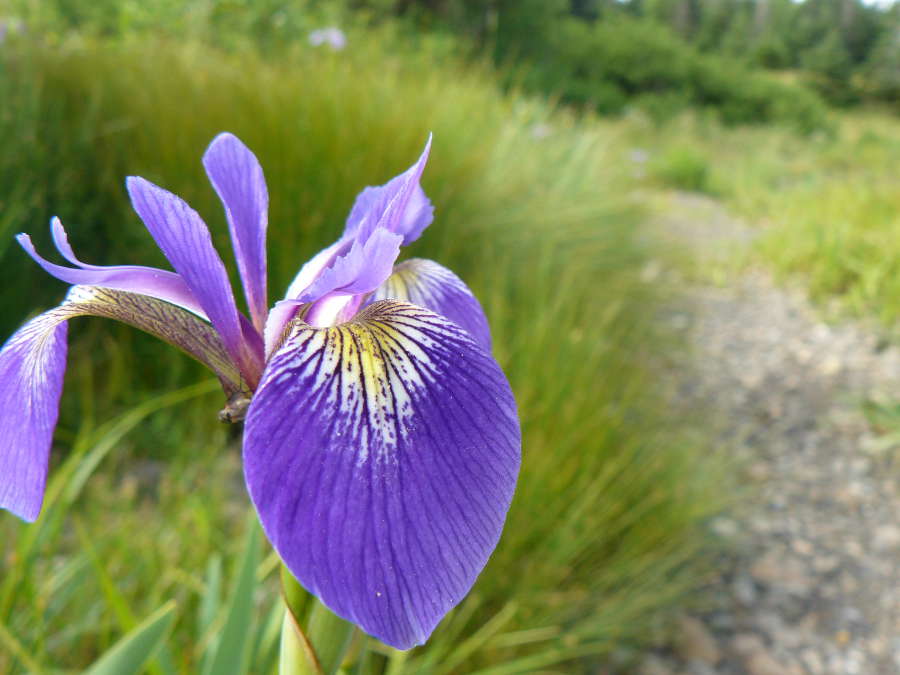 Location Taken: Trout River, Newfoundland
Location Taken: Trout River, Newfoundland
Time Taken: July 2012
Nothing special about this photo, other than being a magnificent picture of an iris I found a few photos away from the photo I posted yesterday.
I have a tendency to post photos close to each other because the program I use to sort my photos automatically opens up the last folder I was looking at when I get it running each day. And it shows about twenty photos at a time. Since I tend to pick by randomly looking through my photos until I find one that says “I have something you can talk about”, I’m much more likely to pick a photo close to my last one, simply because that’s where I start looking.
So today it’s an iris on the same beach as yesterday’s photo. It might even be IN yesterday’s photo, since that had a bunch of irises. Tomorrow I’ve got a better than average chance of picking another Newfoundland picture, with the highest chance being a photo from the same beach.
That reminds me of a cute statistics trick I read in a book once.
Let’s say there’s a completely random occurrence, say lightning hitting your house (which actually isn’t completely random in real life, but we’re going to analogyland here). On average lightning hits your house about once a month. (I guess you either live in a lightning-prone area or have an extremely tall lightning rod or something.)
So, the once a month lightning strike just hit your house today. What day is it most likely for it to strike your house next?
Did you say “a month from now” or “a few days from now” or the like? Those are the standard answers, after all.
The real answer, however, is tomorrow.
And it will always be tomorrow, no matter how long ago the previous strike was. Well, unless it’s “later today”, but the analogy seems to assume that you only get one strike a day max. Just roll with it.
If that seems odd to you, you’re in good company. I mean, if it strikes once a month and just hit today, why is it likely to hit again so soon?
It comes from a trick in the phrasing and in the odd aspects of a truly random distribution of events.
The trick, of course, is asking when the NEXT strike will hit. This means, if a lightning struck both tomorrow and a month from now, the “tomorrow” would be the one to count, and the other would not. In order for the one a month from now to count, lightning would have to not strike any of the days in between.
To toss some math in there, if there was a 3.33% chance for lightning to strike each day (that’s 1/30, in case you’re wondering), that would be the exact chance for lightning to strike next the next day (again, analogyland only allows one strike per day, in reality we’d be talking milliseconds not days). For the next strike to hit two days from now, the base chance for lightning to strike at all would still be 3.33%, but the chance for it to be the NEXT strike would be reduced by about 3.33% (the chance for it to hit the previous day) and thus drop the chance to 3.22% that two days from now would be the next strike. That’s about one tenth of one percent difference, but it is a difference The next day gets dropped a bit more , and a bit more and so on. So while there’s a 96.6666% chance that the lightning will not strike tomorrow, it’s still more likely than the 96.78% chance the next day, which is better than the next day, and so on.
It still feels wrong to those of us who expect random patterns to have, well, a pattern. Our brains see a cluster of data (like five lightning strikes in a week) and say “something must be up, that’s not matching a once-per-month pattern!” But we don’t fully appreciate how much that ever-decreasing chance that the next strike might take two months, or a year, or 1000 years to strike evens out the average.
After all, if someplace isn’t struck by lightning in 1000 years, would you believe it really has, on average, one strike per month?
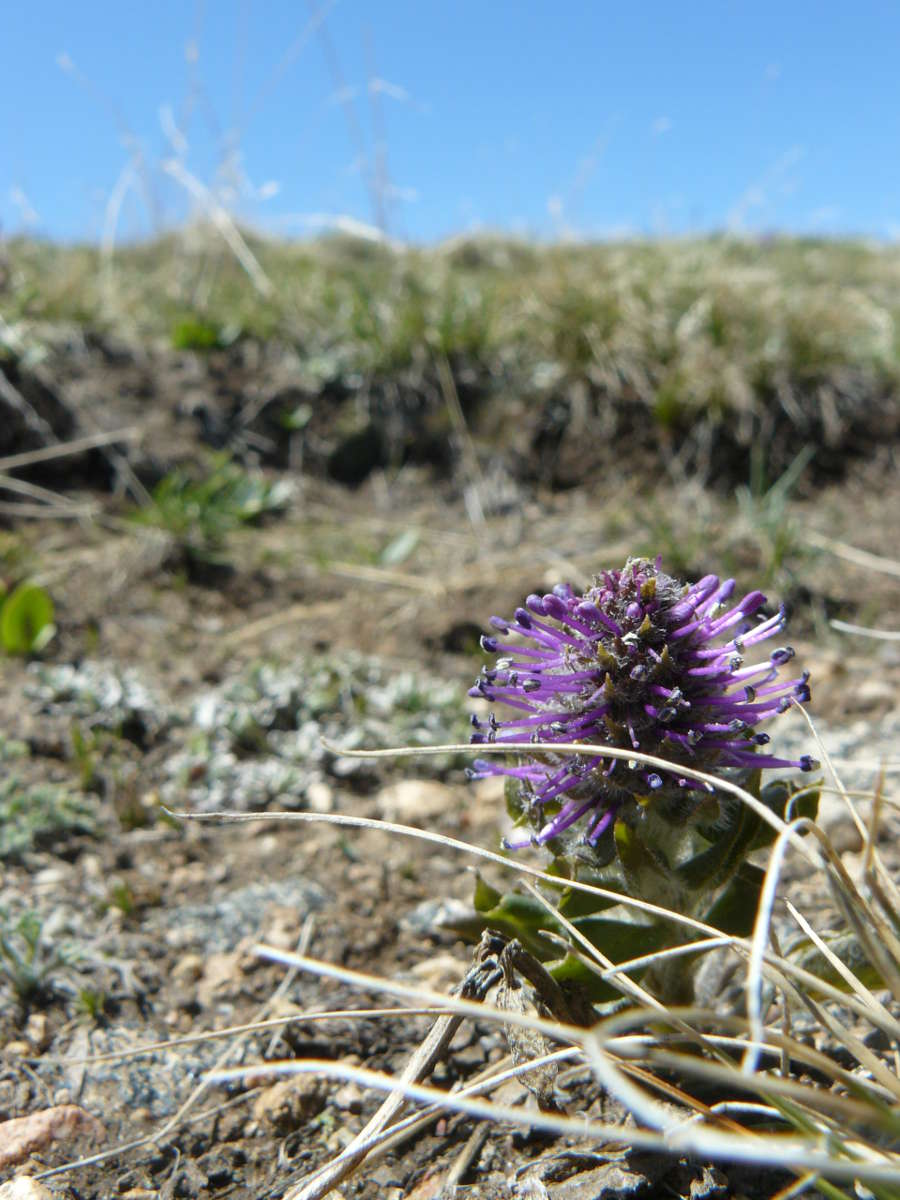 Location Taken: Powder River Pass, Wyoming
Location Taken: Powder River Pass, Wyoming
